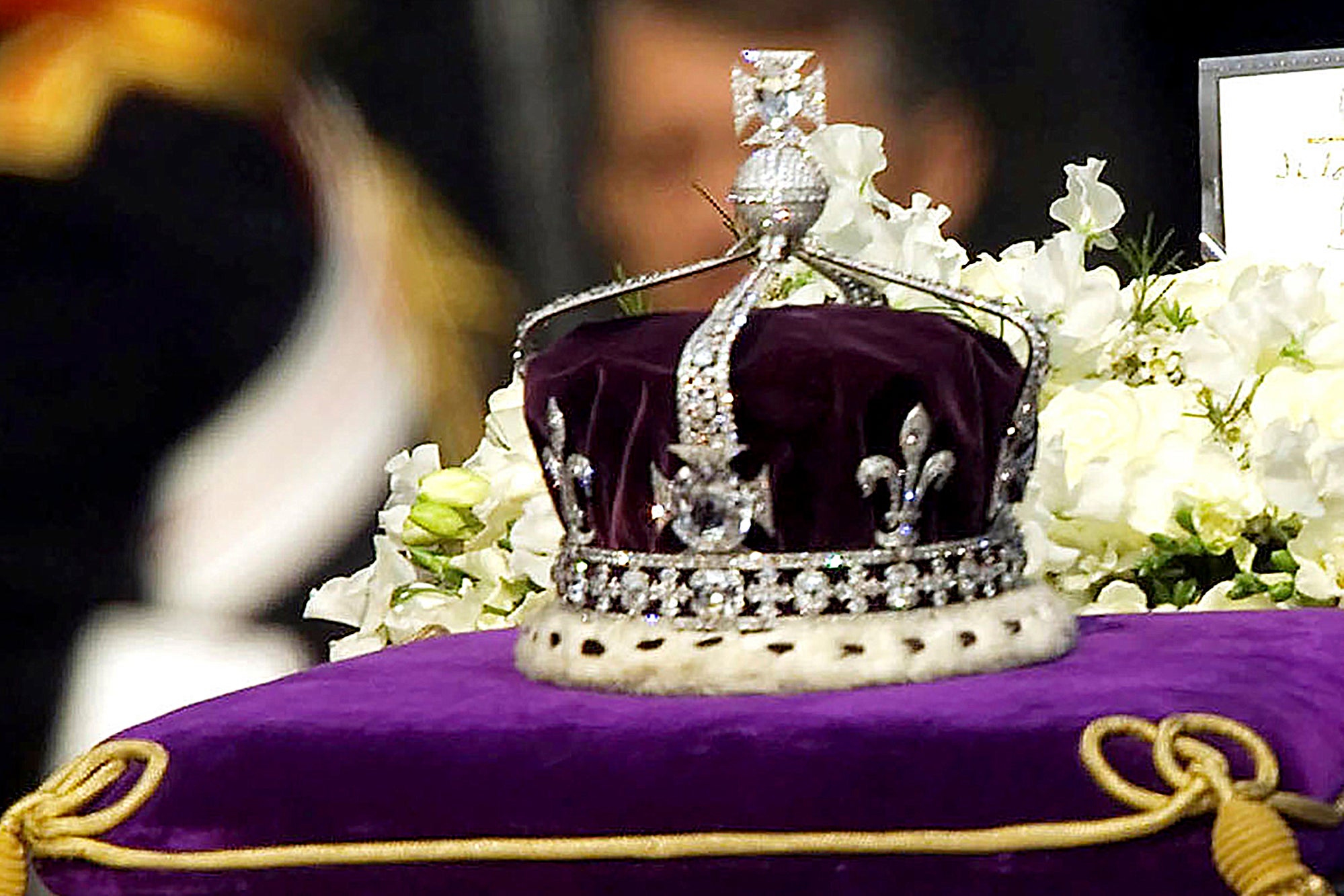Koh-i-noor diamond not part of King Charles III’s coronation
The Koh-i-noor diamond won’t be used during King Charles III’s coronation, allowing Buckingham Palace to sidestep the controversy surrounding a gem acquired during the age of Empire

The Koh-i-noor diamond won’t be used during King Charles III’s coronation, allowing Buckingham Palace to sidestep the controversy surrounding a gem acquired during the age of Empire.
Camilla, the queen consort, will not to use the diamond in her coronation crown. Rather than commission a new crown, as is customary, Camilla will modify Queen Mary’s crown using diamonds from Queen Elizabeth II’s personal collection, the palace said in a statement Tuesday.
Some observers had speculated that Camilla would be crowned with the crown made for Queen Elizabeth, the queen mother, in 1937, which had the Koh-i-noor diamond as its centerpiece.
That reportedly sparked concern from some people in India, who said using the Koh-i-noor in the coronation could be an uncomfortable reminder of Britain’s oppressive past.
Seized by the East India Company after its victory in the Second Anglo-Sikh War of 1849, the gem was given to Queen Victoria and has remained part of the Crown Jewels ever since. But countries including India, Pakistan, Iran and Afghanistan have all claimed ownership.